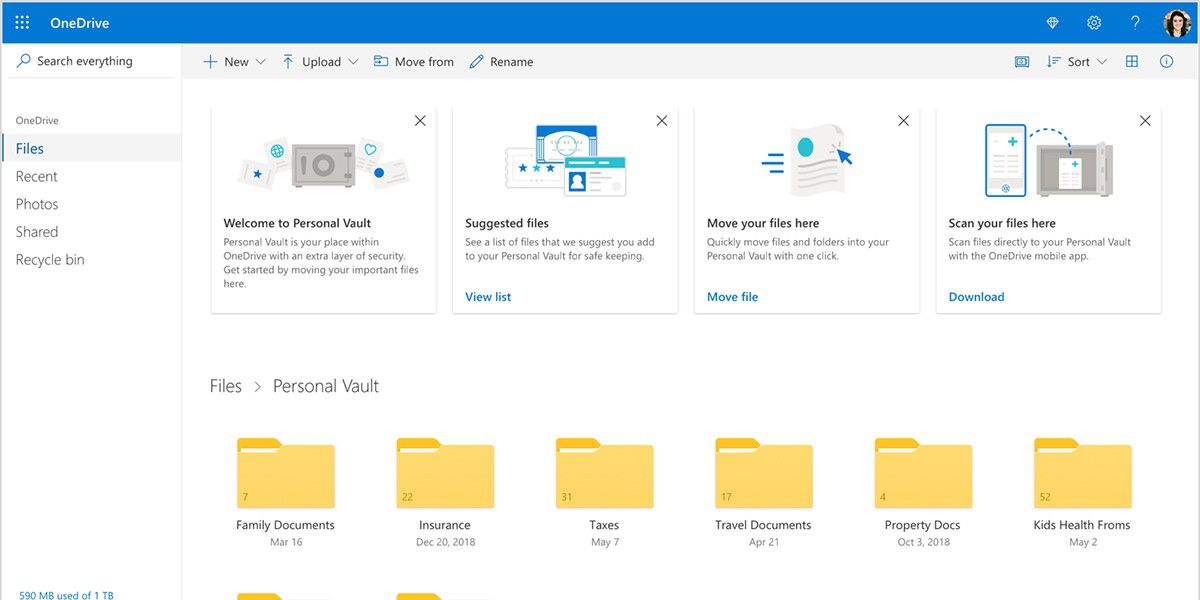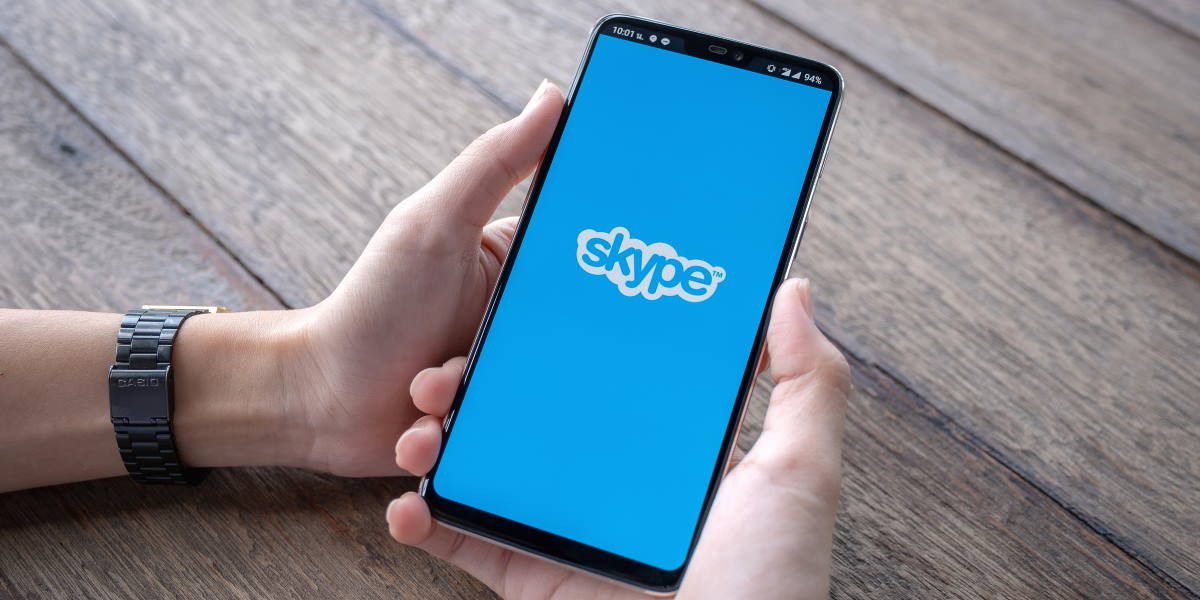6 reasons why a Microsoft 365 subscription is worth the money

 Image: Shutterstock.com/IB Photography
Image: Shutterstock.com/IB PhotographyOnce upon a time, everyone used to shell out for Microsoft Office. You had to for compatibility reasons, since collaborating on documents was much harder otherwise.
Nowadays we all have access to Google’s editing apps and even Microsoft’s own gratis version of Office Online, plus free productivity suites like Libre Office. So it may seem strange to pay $100 per year for Microsoft 365 Family or $70 for Microsoft 365 Personal—why spend money on a productivity suite? And yet a Microsoft 365 subscription can still be very useful. Dig past the idea of it being just about Office apps and you’ll see why pretty fast.
Loads of OneDrive storage space
This feature can be worth the cost of the whole subscription, no matter which tier you choose. You could never touch the Microsoft Office apps and you’d still get a lot of bang for your buck—especially if you sign up for the Family plan.
On the Personal plan, you get 1TB of space for one user. If you don’t need more space, you’ll save between $30 to $50 compared to rival plans from Google and Dropbox.
Meanwhile on the Family plan, you get 1TB of space per user (up to six total), with each person’s storage counted independently of everyone else in the group. You can pay as as little as $16.50 per user annually. It’s still a smoking deal on cloud storage—and the plan still includes other benefits.
Stronger OneDrive security

Microsoft
Microsoft
Microsoft
Along with more space, Microsoft 365 also offers tighter security in OneDrive, too. For starters, you can add expiration dates and passwords to shared links. Paid users also get unlimited use of Personal Vault, a feature that lets you put files into a special folder that you must unlock to access. It’s perfect for tax forms, bank statements, and other sensitive info you decide to put in the cloud—and anything in it is encrypted on your local drive, too.
Restoring your whole OneDrive is possible, too. Should you accidentally delete everything, encounter file corruption, or run into some other mishap, you can roll back to an earlier time within the last 30 days. And if a ransomware attack is detected, you’ll get help restoring your files up to 30 days afterward.
Full web, mobile, and desktop access to Microsoft Office apps
Free document editors have limitations, particularly Microsoft’s own free versions of its web and mobile apps. If you’re in a position where your document edits require formatting consistency across organizations or more sophisticated tools, you’ll need Microsoft Office.
A Microsoft 365 subscription unlocks access to the full versions of Word, Excel, PowerPoint, Outlook, and more across the web, mobile, and desktop. It also guarantees updates to the latest versions of the apps as they release, unlike with a standalone copy of Office.

Microsoft
Microsoft
Microsoft
Microsoft’s lineup of programs is bigger than the familiar names, too. You may also expect Access, OneNote, OneDrive, Skype, and Teams, but the full list includes far more these days. You’ll find useful tools like Clipchamp, which lets you trim video files quickly, as well as heavyweight apps like Power Automate and Power BI that let you easily whip up automated tasks and data dashboards.
Seamless multi-device support
A single license for Microsoft’s Office Home & Student software works on just one computer. With a Microsoft 365 subscription, all users can be active in Office apps on up to five different devices simultaneously—and still have the programs installed on the other non-active devices. You’ll automatically be logged out of devices not in use when you use the apps on a new or previously deactivated device.
Extra users
As mentioned above, the Family plan includes up to six users—and each person in your group gets the same benefits as the primary account holder. That means six people can get the perks of the Personal plan for just a fraction of the price. Microsoft doesn’t require all plan members to live at the same address, either, so your “family” can be spread far and wide.
Free Skype minutes

Jirapong Manustrong/Shutterstock.com
Jirapong Manustrong/Shutterstock.com
Jirapong Manustrong/Shutterstock.com
Whether you need to make the occasional domestic or international phone call, Microsoft 365 has you covered. All Personal and Family users get 60 minutes of free calling to landline and mobile phones per month. It might not cover all your needs, but it’s a start.
Bonus: Discounted subscriptions
You can regularly pay less than the sticker price on Microsoft 365 subscriptions, unlike with plans from well-known competitors. Between this strategy and periodic sales at retailers like Newegg, Antonline, and Amazon, you can save big bucks on discounted digital codes—especially since you can stack up to five years at a time.
One sneaky tip: You can apply Personal codes to Family plans, at a prorated amount of 9 months. If you find a hot deal on Personal codes, do the math—you may still end up ahead if you use them to top up your Family plan. My best score so far? Newegg’s Black Friday 2015 sale on Personal plan codes—$15 per year, maximum five codes. I wish it would come around again.
What about Microsoft 365 Basic?
Microsoft 365’s newest price tier costs $20 per year (or $2 per month) for 100GB of space, along with access to the full versions of web and mobile Office apps like Word, Excel, PowerPoint, OneNote, and OneDrive. It’s a decent plan meant to go head-to-head with Google One’s basic plan, but lacks many of the Personal and Family plan perks. We primarily recommend it for people who need the Microsoft ecosystem but don’t want desktop Office.
Author: Alaina Yee, Senior Editor

Alaina Yee is PCWorld’s resident bargain hunter—when she’s not covering software, PC building, and more, she’s scouring for the best tech deals. Previously her work has appeared in PC Gamer, IGN, Maximum PC, and Official Xbox Magazine. You can find her on Twitter at @morphingball.
Recent stories by Alaina Yee:
I’m ditching my passwords—and you should tooBest free password managers 2024: Online security doesn’t have to cost a thingRoku’s massive hack is why you shouldn’t reuse passwords




